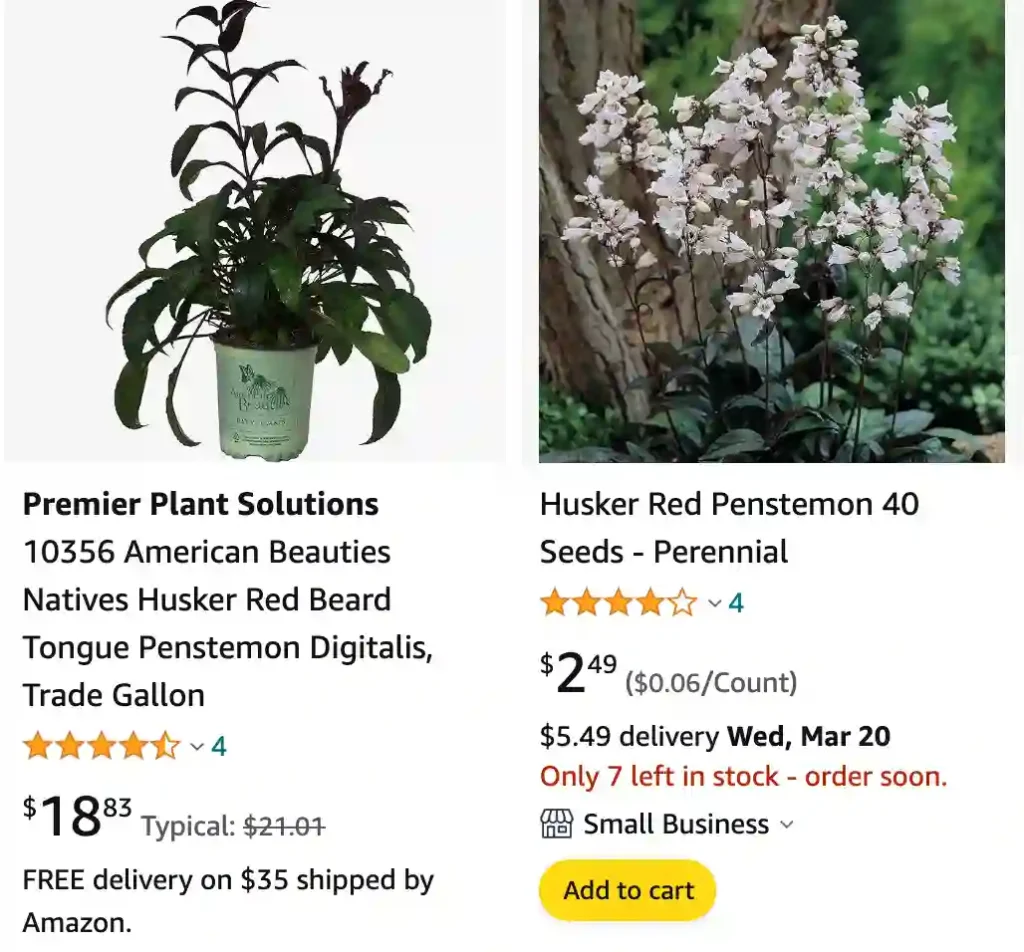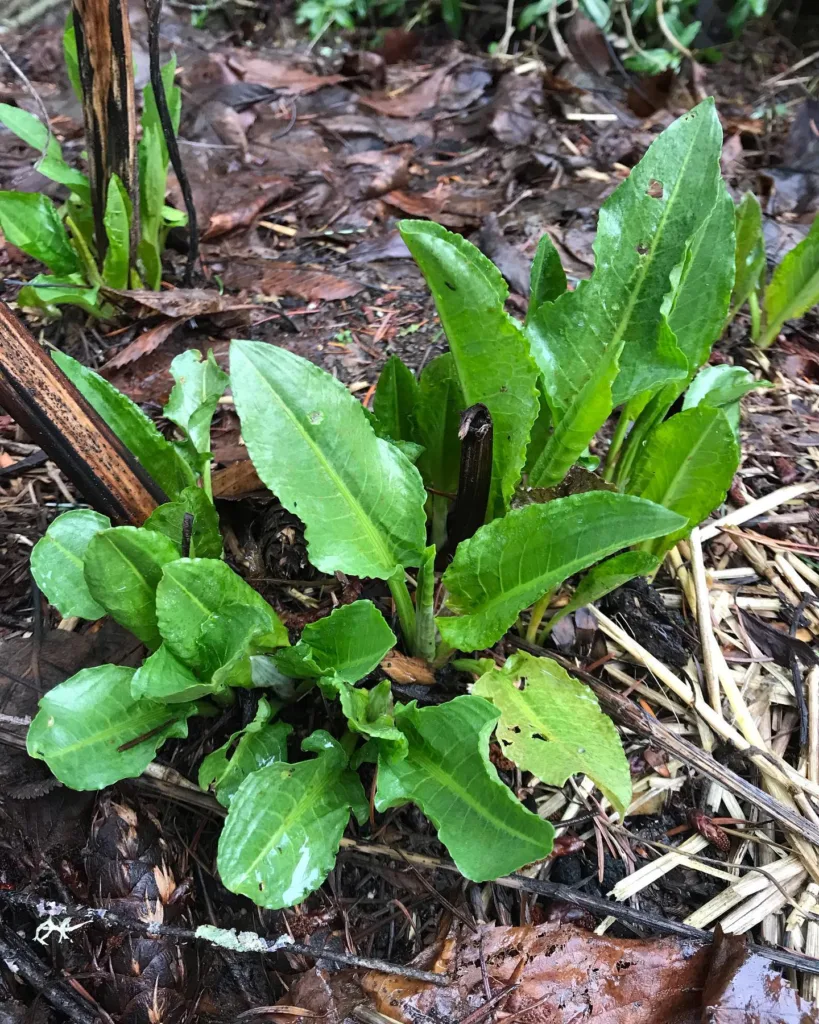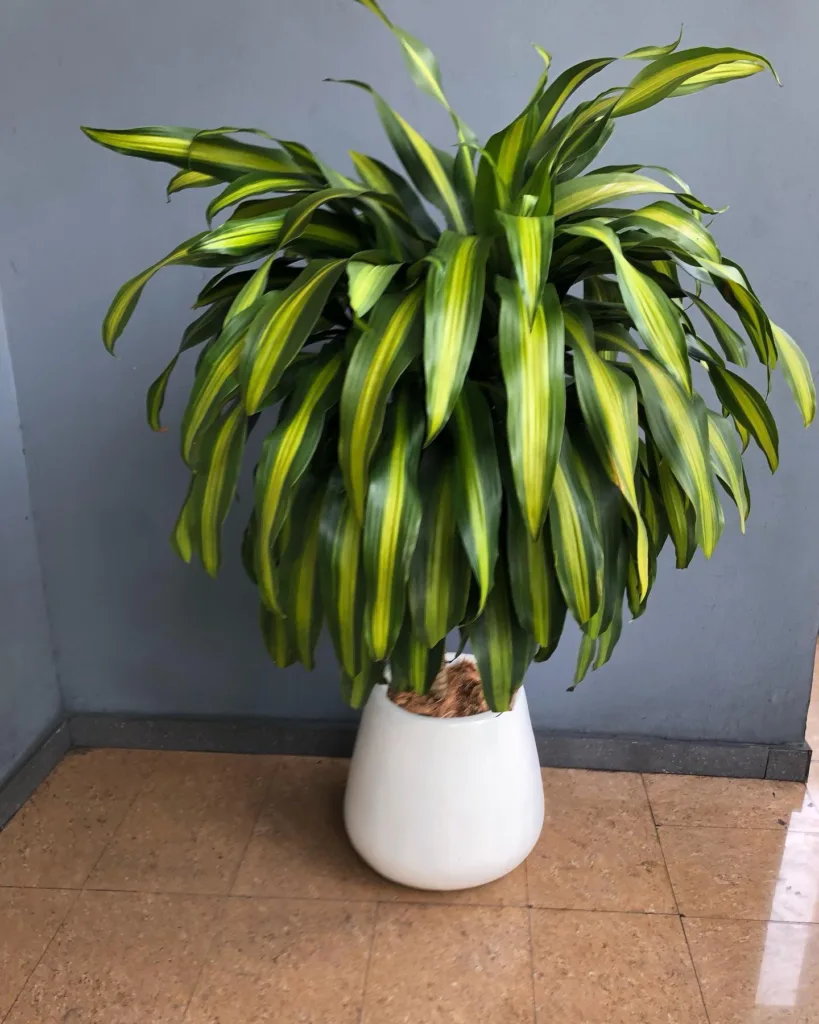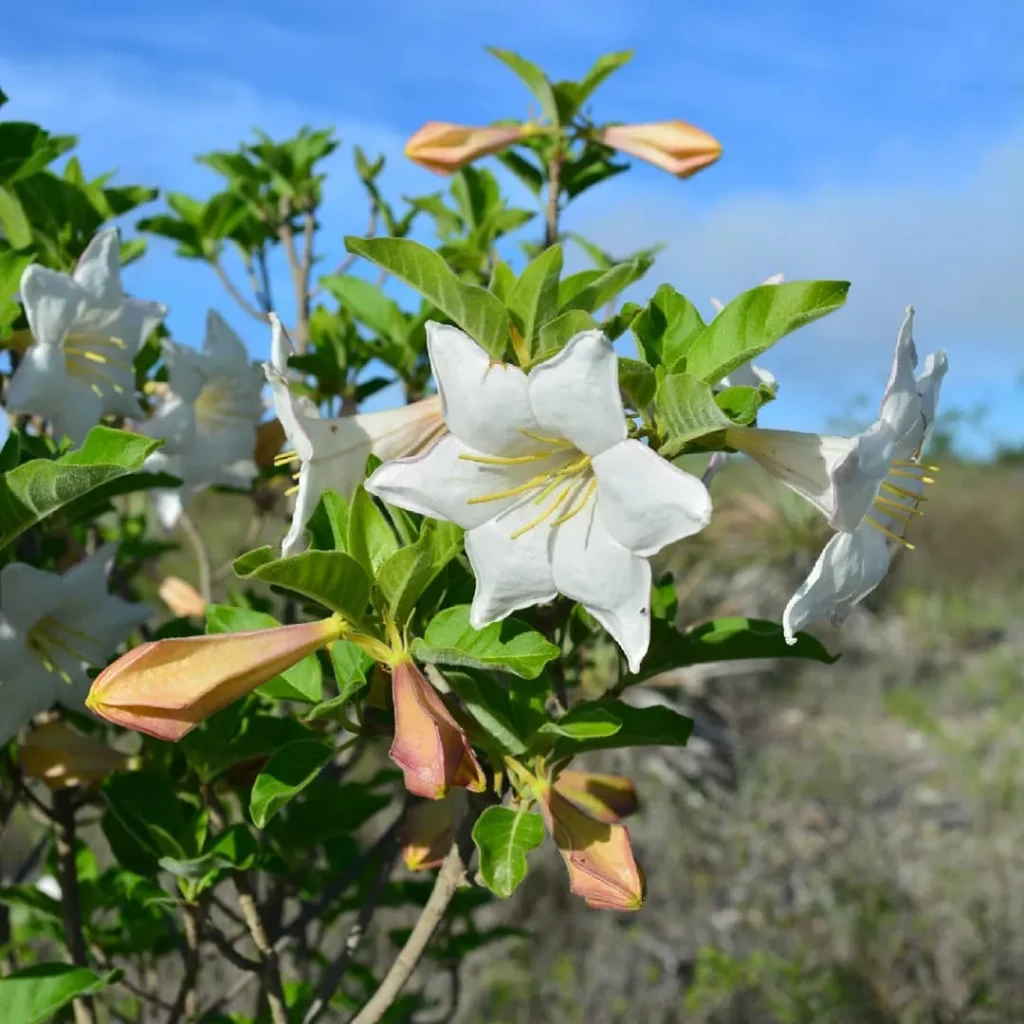
My Experience with Penstemon Husker Red
As a passionate gardener and plant enthusiast, I’ve had the pleasure of cultivating many plants that bring life and vibrancy to my garden. Among my favorites is Penstemon Husker Red or Penstemon Digitalis , a perennial that never fails to add elegance and a touch of drama. From its striking foliage to its delicate blooms, this plant offers more than just aesthetic appeal—it’s a reliable performer in various garden settings.
288 Species in Genus Penstemon
Is Husker Red Penstemon deer resistant?
From my experience, Penstemon Husker Red is fairly deer-resistant. I’ve planted them in my garden where deer frequently roam, and they haven’t been nibbled on much compared to other plants. The deer seem to prefer munching on my hostas and tulips instead, leaving the Penstemon relatively untouched. It’s such a relief because these plants add a beautiful touch to my garden with their striking red foliage and white blooms.
How to deadhead Husker Red Penstemon?
Here’s how to deadhead your Husker Red Penstemon to encourage continuous blooming throughout the summer:
Simple Steps:
- Identify spent flowers: Look for the flowers that have wilted and turned brown. These are the ones ready for deadheading.
- Sharp tool: Use sharp pruners or shears to make clean cuts. Dull tools can damage the plant.
- Cutting location: Make the cut just below the wilted flower head, on the flower stalk. Aim to cut at a node (the bump where a leaf meets the stem) if possible.
- Selective or full deadheading:
- Selective: If you prefer a more natural look, you can leave some spent flowers on the plant. This can add textural interest and attract pollinators.
- Full: For the most continuous blooming, remove all spent flowers regularly.
Additional Tips:
- Frequency: Deadhead your Husker Red Penstemon regularly, ideally every few days or whenever you see a significant number of spent flowers.
- Benefits: Deadheading not only encourages new blooms but also prevents the plant from putting energy into seed production. This keeps the plant focused on flower production throughout the season.
- Compost: The spent flowers and stems you remove can be added to your compost pile.
How to grow Penstemon Husker Red?
Here’s a guide on growing Penstemon Husker Red:
Sunlight: Penstemon Husker Red thrives in full sun, ideally receiving at least 6 hours of direct sunlight daily. It can tolerate partial shade, but flower production and leaf color may be less vibrant.
Soil: Well-drained soil is crucial. Penstemon Husker Red tolerates various soil types, including loam, clay loam, and even sandy soil. If your soil is heavy clay, consider amending it with compost or sand to improve drainage.
Watering: Water your Penstemon Husker Red regularly during the first growing season to establish a strong root system. After that, they are fairly drought tolerant. Aim to water deeply when the soil feels dry to the touch, allowing it to dry out slightly between waterings. Avoid overwatering, which can lead to root rot.
Fertilizer: You can feed your Penstemon Husker Red a balanced fertilizer, like a 10-10-10 formula, in early spring to encourage blooming. A slow-release fertilizer is a good option, providing nutrients throughout the growing season.
Deadheading: Regularly deadheading spent flowers will promote continuous blooming throughout the summer. Simply snip off the flower stalks just below the wilted blooms.
Winter Care: Penstemon Husker Red is generally cold hardy and survives winters in most temperate zones. In colder climates, you can mulch around the base of the plant with a layer of organic material like shredded leaves or bark for added winter protection.
Additional Tips:
- Spacing: Plant your Penstemon Husker Red with enough space for them to reach their mature size, typically 2-2.5 feet tall with a 1-2 feet spread.
- Dividing: Penstemon Husker Red can be propagated by division in spring or early fall. Dig up the clump and carefully divide it into sections with at least 2-3 eyes (leaf nodes) each. Replant the divisions and water them well.
- Pests and Diseases: Penstemon Husker Red is generally resistant to pests and diseases. However, watch out for root rot if the soil is consistently soggy.
When to prune Husker Red Penstemon?
I usually prune my Husker Red Penstemon in late winter or early spring. By then, the plant has finished its winter dormancy, and it’s the perfect time to clean it up before new growth starts. I cut back the stems to about 6 inches above the ground, removing any dead or damaged parts. This pruning helps keep the plant healthy and encourages a bushier growth habit.
If i die, water my plants!



